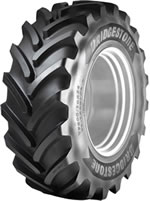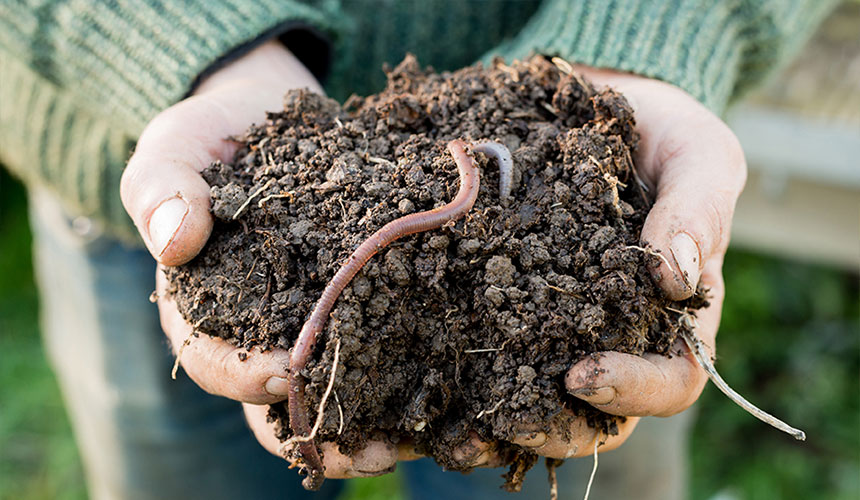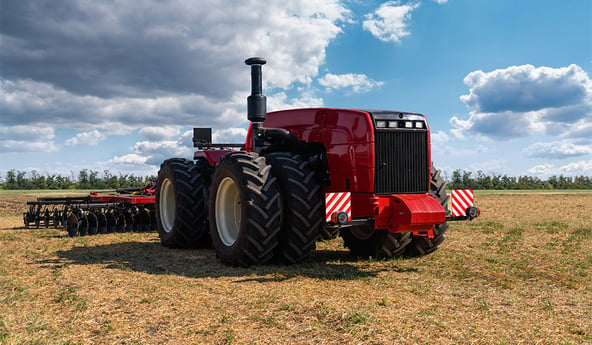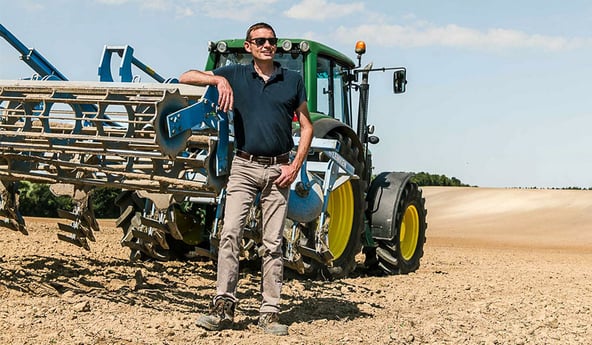It’s often difficult to understand the difference in price between different brands of tractor tyre when buying new tyres and you are faced with this problem.
Is it necessary to choose a more expensive quality equipment or can you opt for the cheapest, low-end tyre which costs less?
To help you with your choice, here are the differences between a discount tractor tyre and a more high-tech tyre (construction of casing and profiles adapted to load, pressure and speed constraints) i.e. an IF or VF tyre.
1. How do manufacturers manage to produce discount agricultural tyres?
There aren’t really any secrets to producing a discount tyre, in general the manufacturer makes savings at every level of the design, such as:
- Use of low-quality raw materials.
- Low quality standards
- Cheapest labour force.
- Minimal R&D or testing.
- Previous generation technology and profiles or copies of more recent profiles but without the same level of performance.
In most cases, even if the low-end tyres obtained look deceptively like the high-end models, the appearance is in no way the reflection of the real quality of the tyre.
Before replacing your tractor tyres, here are a few elements to take into consideration concerning cheap or bottom-of-the-range agricultural tyres.
1. A low quality structure
You just need to modify or eliminate certain components of the structure to produce a discount agricultural tyre.
To do this, the manufacturer may use:
- Nylon or cotton fibres for the cables used to make the casing. Instead of rayon fibre cables
- A thinner tread: a tread sculpture not/ill- adapted to current constraints
- Non-reinforced sidewalls
- Less casing ply
- Less rubber volume, etc.
Basically, anything that cannot be seen will be systematically replaced by very low-quality equipment or raw materials.
2. Low quality standards
The difference in price between a quality and a low-end agricultural tyre can also be explained by the differences in quality standards applied to the manufacturing process. An agricultural tyre is the outcome of human and technical investment.
Each tyre is a handmade product. To obtain quality, you need the top experts which involves technical training, several years of practice, numerous quality checks, tight management of all manufacturing materials, etc. Unfortunately, discount tyres often have lower quality standards.
There is a risk of purchasing what looks like a top quality product but which is not a high performance tyre.
3. Limited performance testing
High-end tyres obligatorily undergo several inspections and tests before they are put on the market. This requires a considerable investment, which is why discount tyre manufacturers have certainly opted for the minimum amount of obligatory certification tests, without trying to improve the product through performance, durability or rolling tests.
Cutting corners in these product improvement steps often leads to numerous disadvantages, such as:
- Premature wear to cheap tyres
- Almost systematic slippage on wet soils
- Impossibility of working at low pressure
- Instability on the road leading to discomfort to the farmer
At first glance, you might think that as this type of tyre is almost twice as cheap, it’s a good deal if we replace them just a little more often.
This reasoning is not completely wrong, but what if your tractor gets stuck in the middle of the field during the harvest due to a problem with a discount tyre, or worse even, braking problems on the road when your tractor is loaded?
The consequences can be irreversible, so it’s worth thinking twice before opting for cheap tyres.
2. What are the advantages of a quality agricultural tyre?

Beyond its apparent simplicity, the design of this type of equipment has become ultra-technological over time and R&D is omnipresent at each stage of the conception process.
A quality agricultural tyre is designed to allow you to work better. It is characterised by a certain number of criteria such as its form or its manufacturing materials.
The structure of a high-end agricultural tyre is made up of several elements:
- The casing: this involves a parallel assembly of synthetic textile threads made of rayon which may contain several layers. Its role is to resist the load borne by the agricultural tyre, maintain air pressure, absorb shocks and ensure comfort.
- Cross stabilising ply: these are additional layers disposed diagonally on the upper part of the casing. Their role is to stabilise the tyre while protecting the casing against any external cuts. They ensure good steering capabilities.
- The rods: these metallic rings reinforce the casing at the level of the liaison with the rim. Their role is to ensure the best transmission of traction between tyre and rim while rigidifying the bead.
- The sidewalls: this is the lateral part of the tyre, entirely covered by rubber to protect against external damage. They also have a shock absorbing capacity and ensure the lateral stability of the tyre.
- The tread: this layer of thick rubber covers the entire external surface of the tyre; it is moulded during the vulcanisation process to create the form of the lugs.
1. Unique and original forms
The structure of the agricultural tyre depends above all on its casing. As opposed to the cheap models, the design of high-end tyres stems from thousands of hours of testing and R&D.
The tyres are designed to last and their form has been studied to the nearest millimetre to obtain the best possible traction, self-cleaning capacity and minimum impact on the soil structure. The lugs are longer, wider and deeper in order to optimise the rubber mass to be worn. As for the height of the lugs, they are much deeper than for discount tyres.
2. Quality, innovative materials
A high-end tyre is characterised by the quality of the materials with which it is manufactured.
At Bridgestone for example, the agricultural tyres are made with natural rubber to which we add a new component with a better resistance to wear, containing vegetable oils. The casing ply is reinforced as are the sidewalls and the tread is much thicker than that of the average tyre sold.
3.Obligatory quality control
Large manufacturers such as Bridgestone invest in numerous R&D teams to guarantee innovation, improve their tyres and their brand image. Their products undergo strict and rigorous quality control before being put on the market. They cannot allow defective products to circulate because their reputation is at stake and the slightest problem with one of their models would have too negative an impact on the brand, which for you represents a true guarantee of quality.
3. Must you use high-end tyres?
The advantages of using quality agricultural tyres are numerous. For example, they allow you to work more rapidly and more efficiently, to transport heavier loads, to protect your soil, to save on fuel and therefore to optimise your yields and your harvests.
1. Ability to work at very low pressure
High-end agricultural tyres have reinforced casing and sidewalls that are more flexible and resistant. Their tread profiles are better designed and the rubber used for their lugs is optimised.
Thanks to all these improvements, they allow you to work at very low pressure without having to adjust tyre pressure. No more problems linked to incorrect tyre pressure, because you won’t need to change pressure when you go from road to field or vice versa. These tyres can be used at less than 0.8 bar, guaranteeing an optimal slip ratio of 12 to 15%, of course depending on the load constraints and speed limits imposed.
2. Soil preservation

As opposed to discount tyres, quality agricultural tyres are designed to preserve your soils.
Indeed, their structure has a more supple casing with a larger footprint which reduces slippage and limits soil compaction.
3. Better resistance to wear

A high-end agricultural tyre is made with ultra-resistant rubber, has a casing that is optimally designed to reduce internal stress, leading to a longer life compared to cheaper models.
Depending on its design, it may have:
- A more resistant casing: thanks to a tread that is reinforced by more than 4 layers of ply.
- Thicker sidewalls: which offer great durability at higher inflation pressure.
- Quality rubber: enriched with vegetal oil to increase resistance to wear.
- A resistant bead: designed for increased durability.
4. Better traction
High-end agricultural tyres ensure exceptional traction thanks to a large tread footprint and a lug form stemming from patented technology.
Their long lugs, which are wide and deep with entry and departure angles defined by R&D, reduce slippage and therefore increase the transmission of power from machine to ground.
5. Fuel savings
A quality agricultural tyre will lead to fuel savings. It effectively reduces rolling resistance on wet ground and therefore limits the slip ratio. Your tractor will need to develop less power to reach the right working speed, both on the road and in the fields.
Have you often set aside the right budget to have a good tractor that is both powerful and efficient? The tyre is the essential intermediary which makes it possible to transmit the power of your machine to the ground, so its quality is crucial.
The Bridgestone-agriculture.eu blog is written and administered by tractor tyre experts who are available to provide you with the advice you need on the subject of your agricultural tyres. They allow you to maximise your productivity with information on all subjects linked to agricultural tyres: Cheap tractor tyres – Technical data for agricultural tyres – Solutions to avoid soil compaction – Sprayer tyre pressure – Why and how to ballast your tractor tyres – When to use dual wheels – The mechanical causes of abnormal wear – etc….
To learn more and boost your farm's profits, tractor tyre experts is offering you a free, detailed eBook that explains the essential role your agricultural tyres play in your productivity.
Most people who read this article have also read some of the following articles which are listed by order of popularity:
This information is intended only to make you aware of the technical and functional aspects of agricultural tires and their use. It does not allow you to make a judgment or a definitive conclusion on a given problem. Only your agricultural tire expert is able to make a technical assessment and take a final decision, case by case.
Leave a
commentary
Your email address will not be published.
Required fields are indicated with *








